Norfolk Winter Tour 2023
Report from our Norfolk Tour 3rd to 9th December 2024
DAY 1 – HOLKHAM AND STIFFKEY
After arriving the night before at our wonderful accommodation at The Crown in Mundford, we were keen to get out and do some birding! The plan was to head straight to the North Coast but a flock of Waxwings reported at Thursford was too much of a temptation for our group! So we found ourselves in a small housing estate in Thursford checking anything with a berry on it. Unfortunately it appeared the birds had moved on but luckily a local birder lived on the estate and alerted us that the flock had been seen ten minutes down the road! So we headed back south to the area, jumped out of the van just in time to see the flock of 24 Waxwings in the treetops. The dull weather and brief encounter meant photo opportunities weren’t great, but we managed a few record shots before the flock flew off to the south west out of sight. Amongst the birds was an odd individual with white cheeks. This bird was a great help tracking the flock on subsequent sightings.
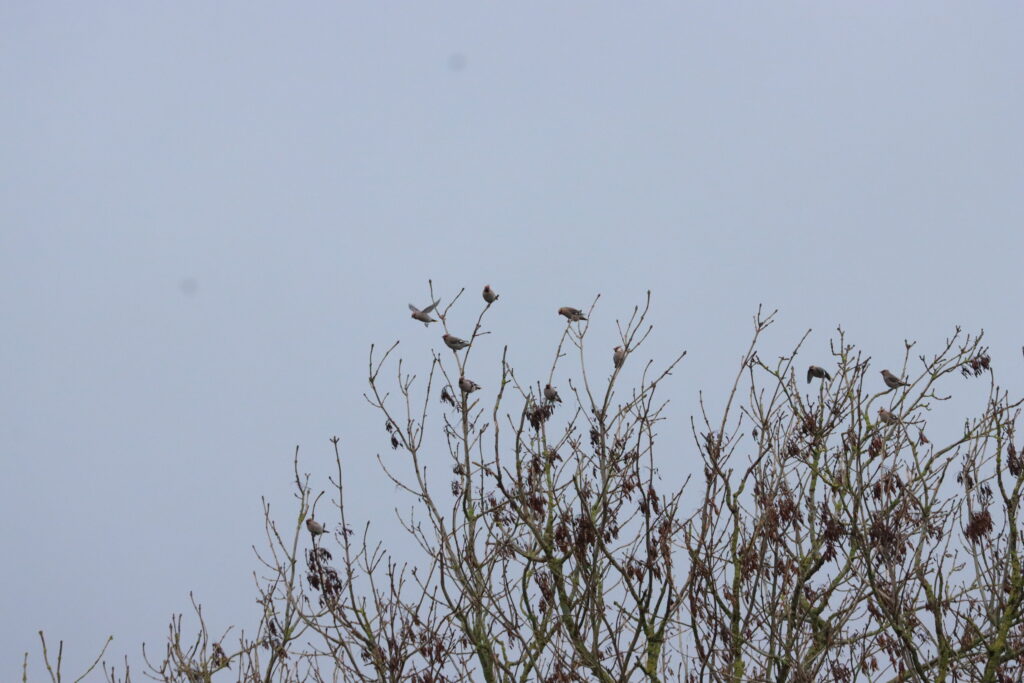

Once everyone was happy we set off for our original destination, Holkham. En-route we saw numerous Red Kites, Pink-footed Geese, Egyptian Geese and Grey Partridge in roadside fields. On arrival we parked at the entrance to Lady Anne’s Drive so we could walk down and not miss anything on the adjacent flooded fields. We were treated to huge numbers of wildfowl and waders including Pink-footed, Greylag, Canada, Brent and Russian White-fronted Geese, Mallard, Teal, Shoveler, Wigeon, Lapwing, Golden Plover, Peregrine and loads of Marsh Harriers. After a quick comfort break in the visitor centre we made our way to the saltmarsh, entertained by Muntjacs and Chinese Water Deer along the way!
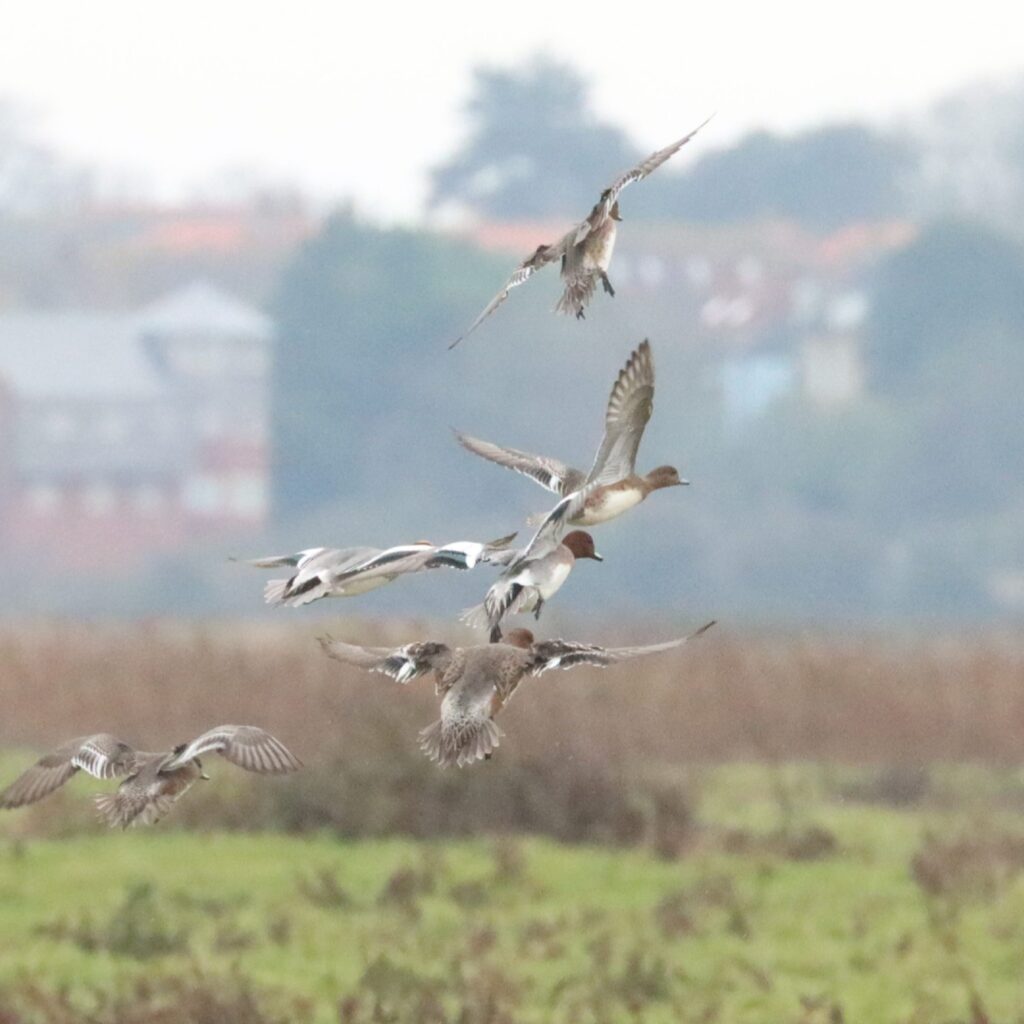
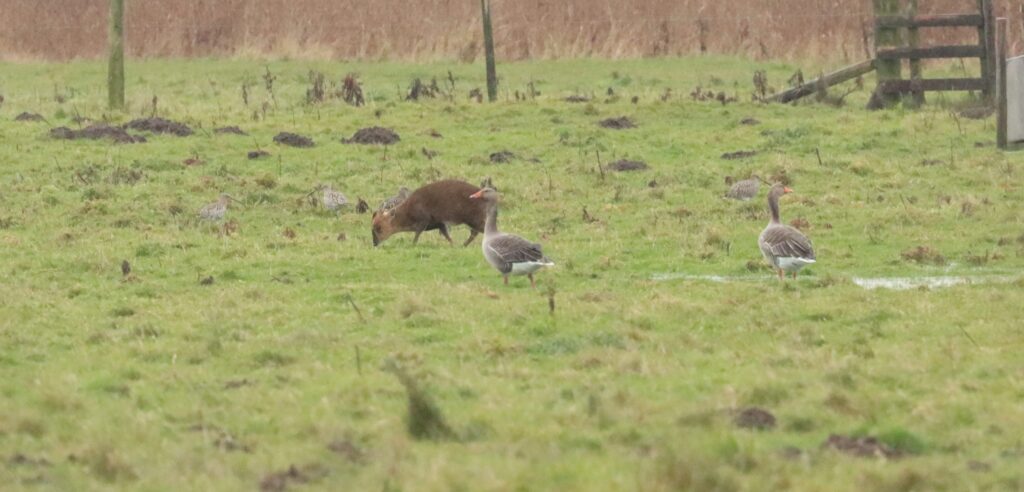

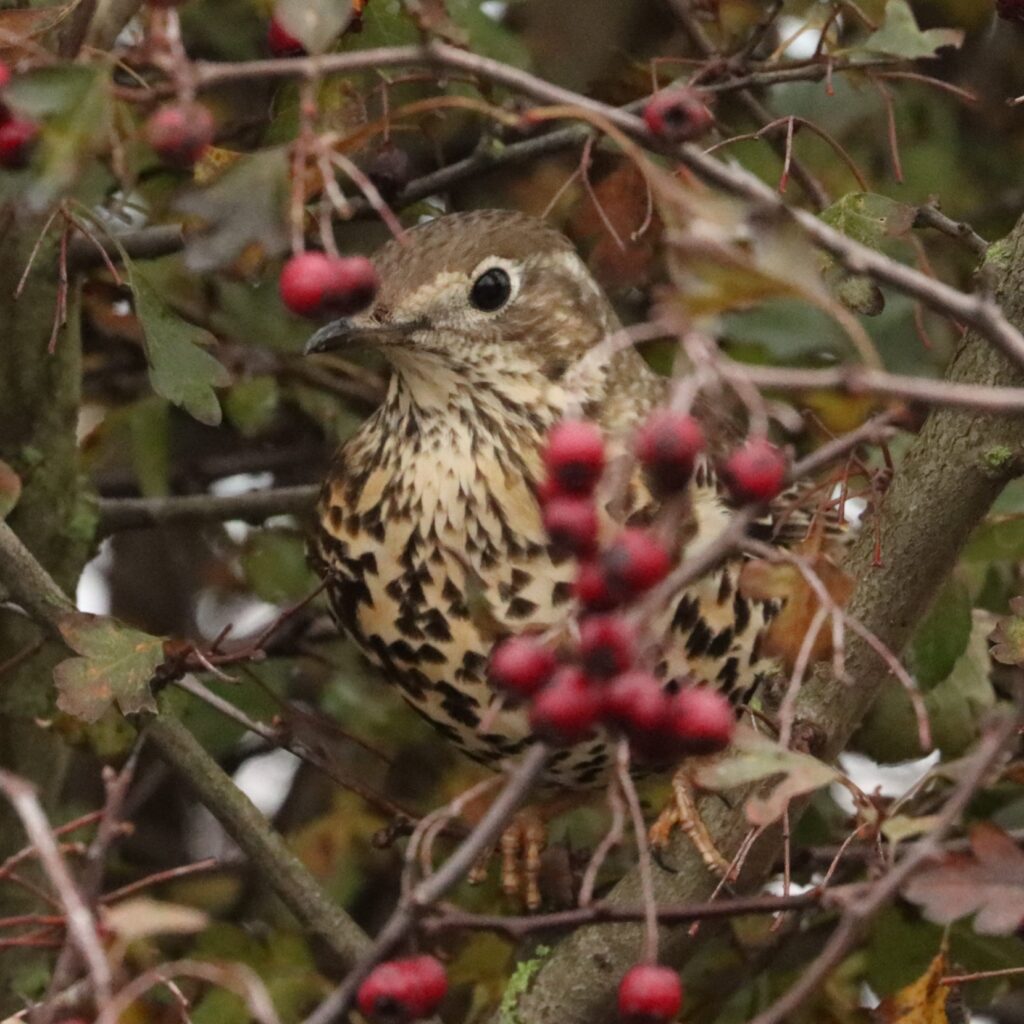

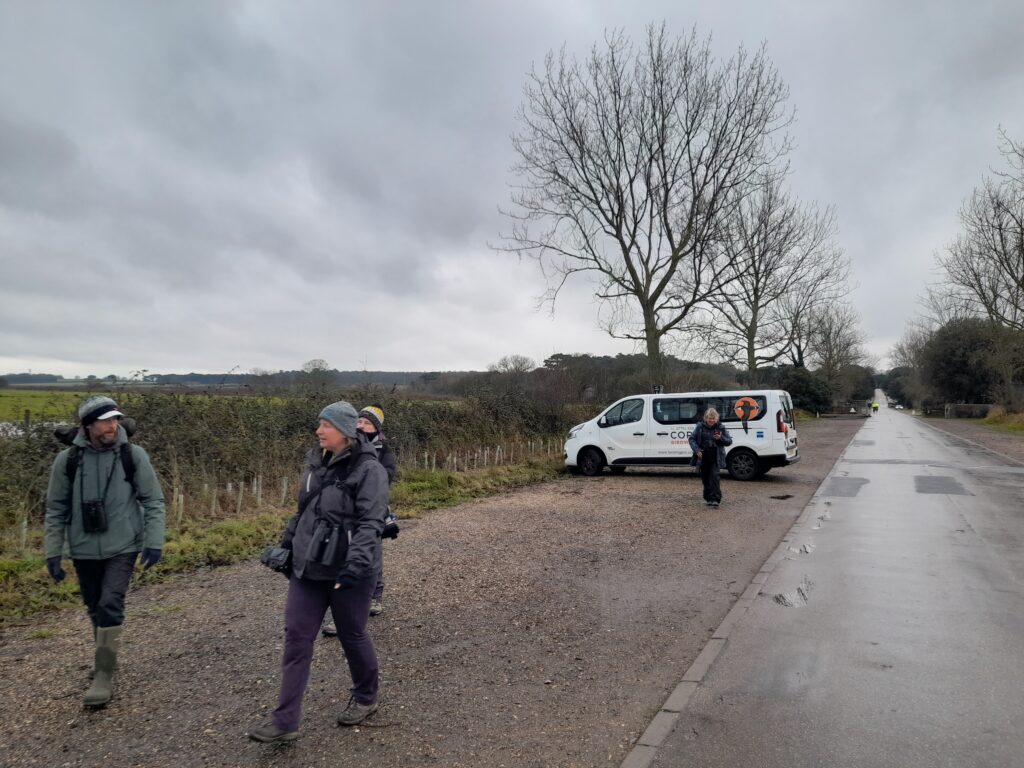
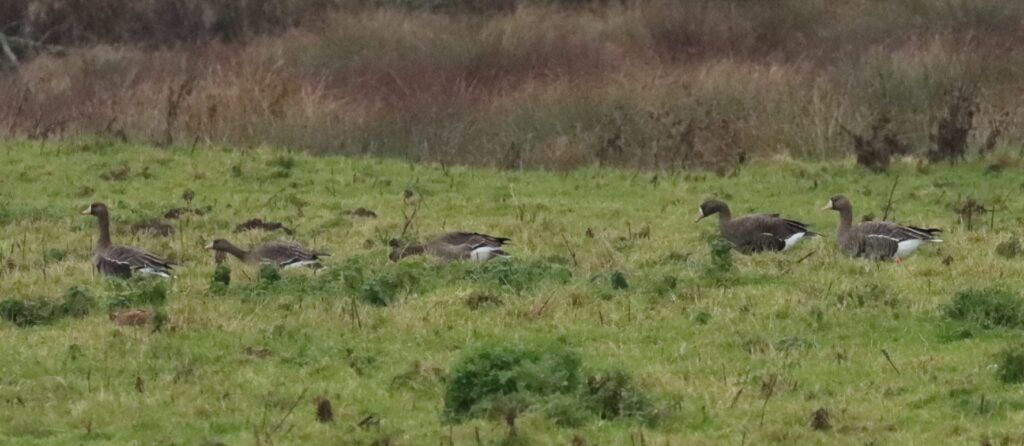
On the beach in the regular roped off area (why dont more reserves do this!!) we encountered the flock of reported Shorelark along with a single Snow Bunting. We did find another small flock of eight Snow Buntings later on!
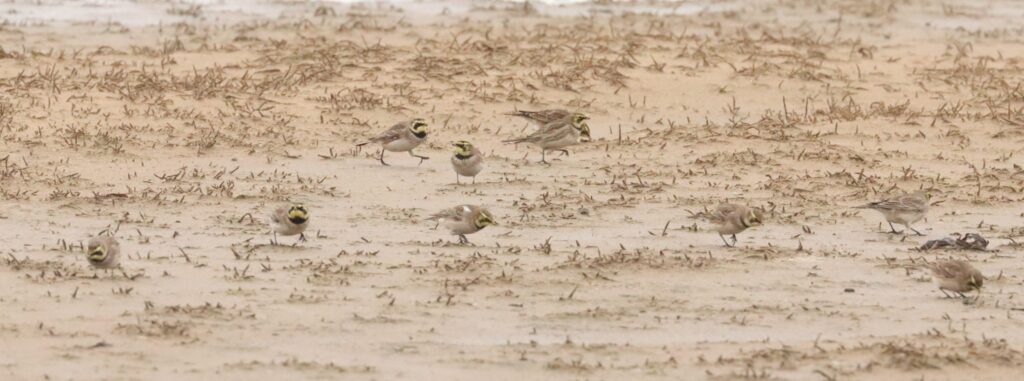

After a late ‘ish lunch (shared with Mistle Thrushes and more birds at Lady Anne’s Drive) we headed for dusk at Stiffkey. The weather had closed in and in the fading light we failed to see the Pallid Harrier, but our first Hen Harrier cheered us up a bit before the groups first Pink-footed Goose experience. We stood in awe as tens of thousands of calling Pink-foots passed in huge V’s overhead out towards the beach. A fabulous memory for everyone.
Day 2 – Thornham and RSPB Titchwell
Our first destination today was Thornham Harbour, traditionally a good spot for Twite. Sadly, this species avoided us throughout out trip! We didn’t spend long here but added Greenshank and Curlew to the list.
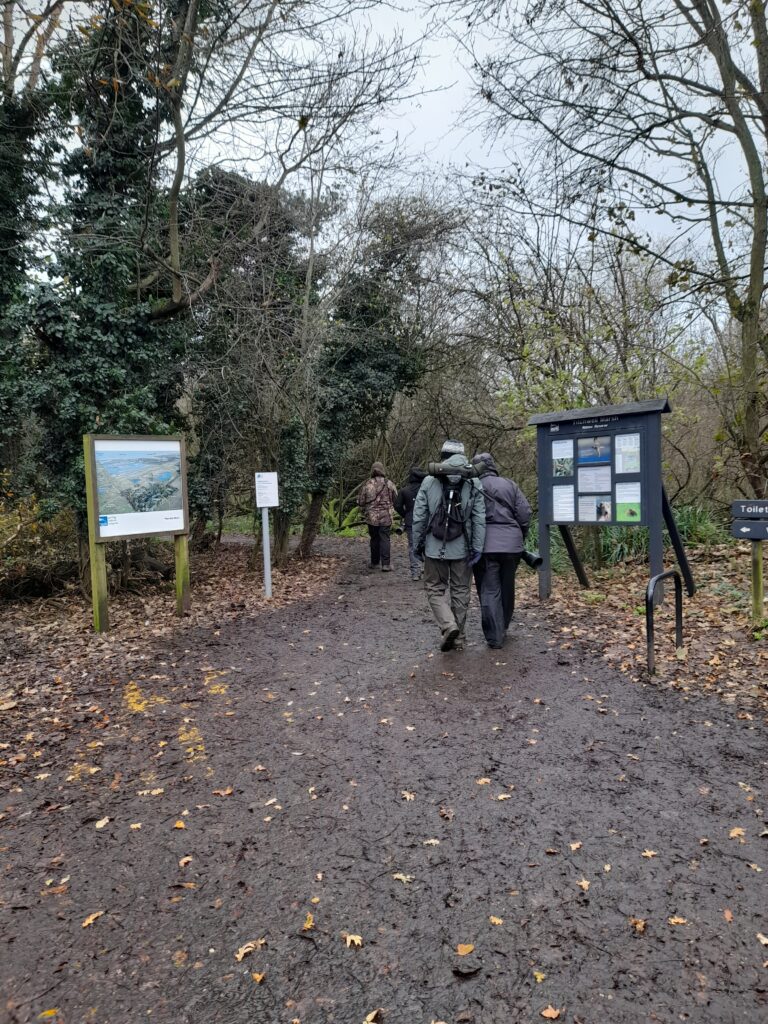

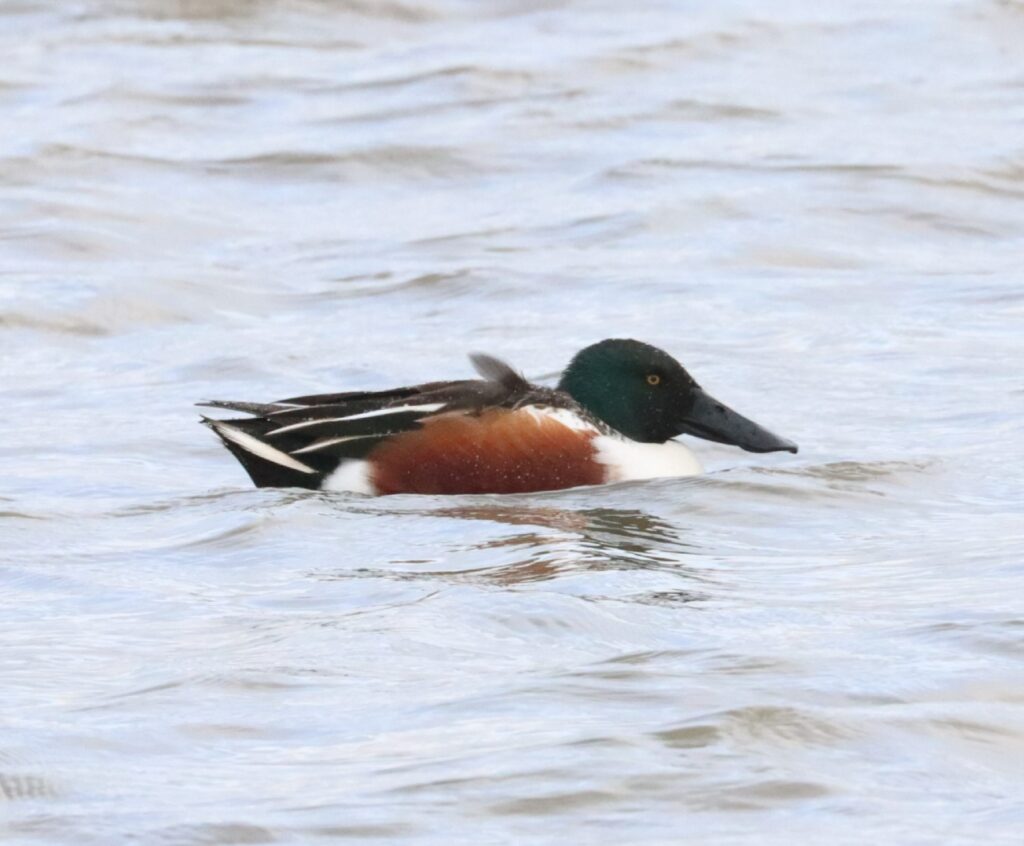
We arrived at Titchwell under grey sky, heavy rain showers and a bitterly cold Easterly wind. Not to be deterred we wrapped up and headed onto the reserve. First bird was a close Treecreeper by the visitor centre, followed by Marsh Tit and the usual suspects on the feeders, including our first Great Spotted Woodpecker. As we walked along the bank towards the sea one of our group picked up a stunning adult Hen Harrier, high up and flying south, a stunning bird! New waders and wildfowl included Spotted Redshank, Pintail, Red-breasted Merganser, Ringed Plover, Dunlin and Black-tailed Godwits.
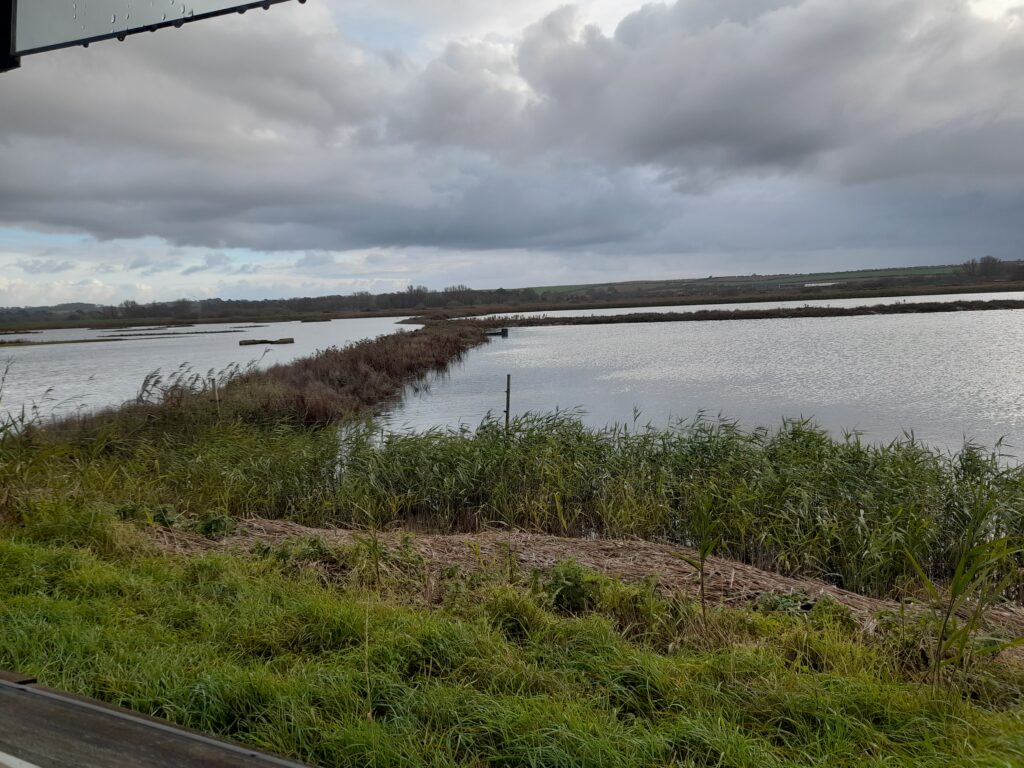
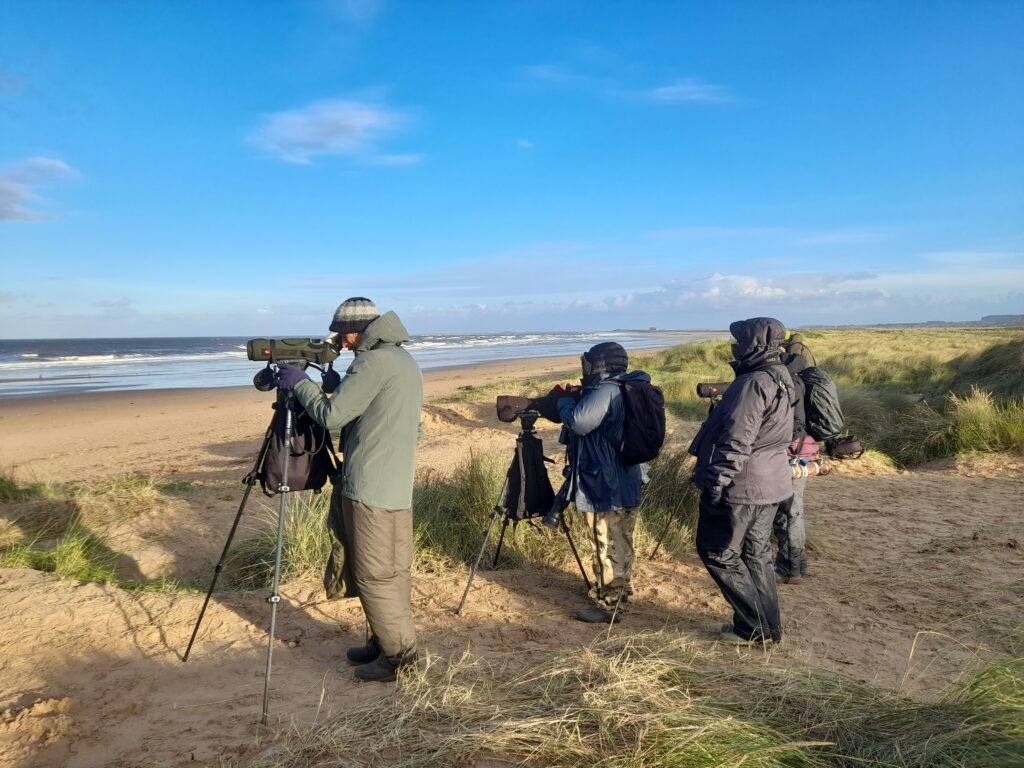

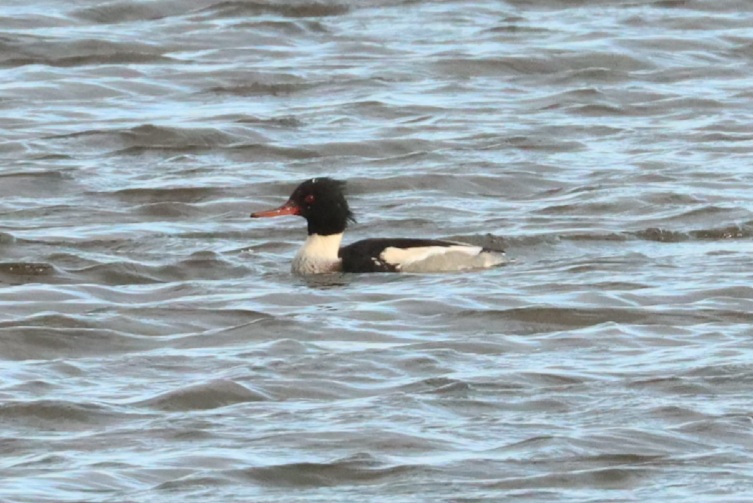
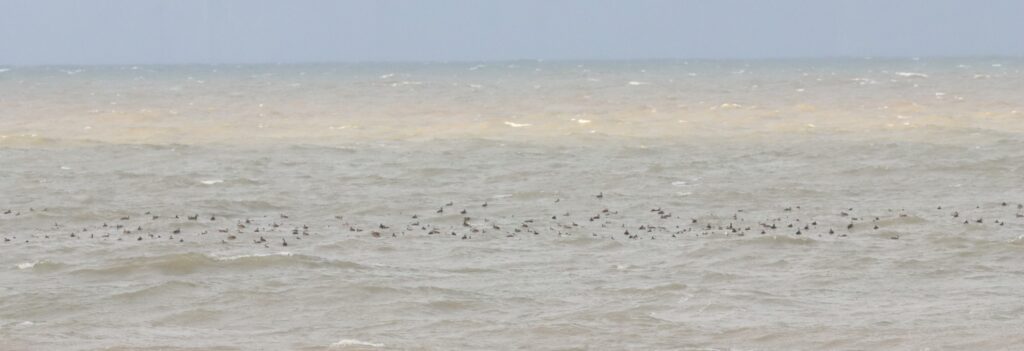
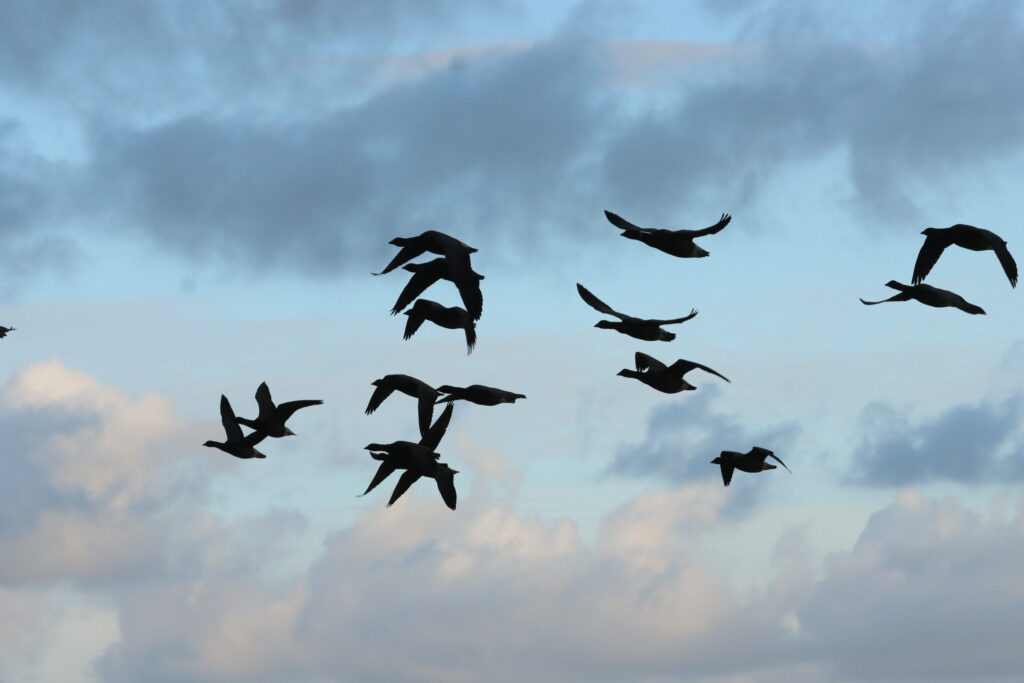
After lunch in one of the hides we had a short seawatch from the beach. This was very much hindered by the wind and rough sea conditions but we added Common Scoter, a difficult Long-tailed Duck, Knot, Sanderling and Bar-tailed Godwit to the ever growing trip list! Despite the cold and wet conditions we managed over 70 species on the reserve!
Day 3 – Lynford Arboretum and Hickling Broad
What a difference a day makes! We visited Lynford Arboretum briefy on our arrival on Sunday afternoon, but it had rained heavily and other than Treecreeper, Marsh Tit and Siskin it was fairly quiet. This morning though, it was crisp, cold and sunny and we picked up three Hawfinches in the Paddock, a new bird for some and one high on our target list.
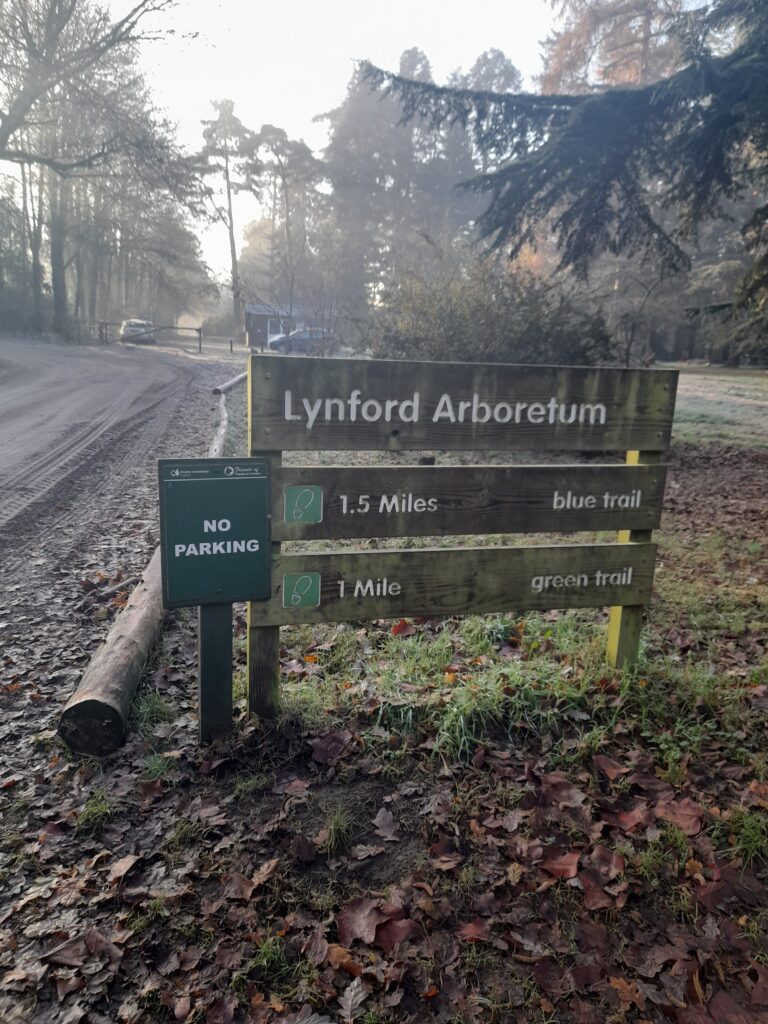

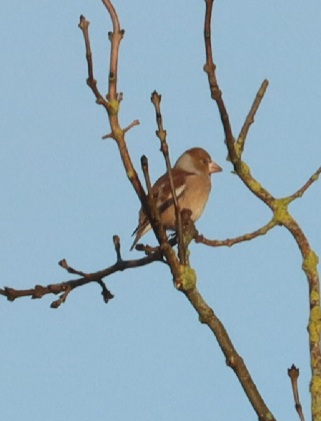
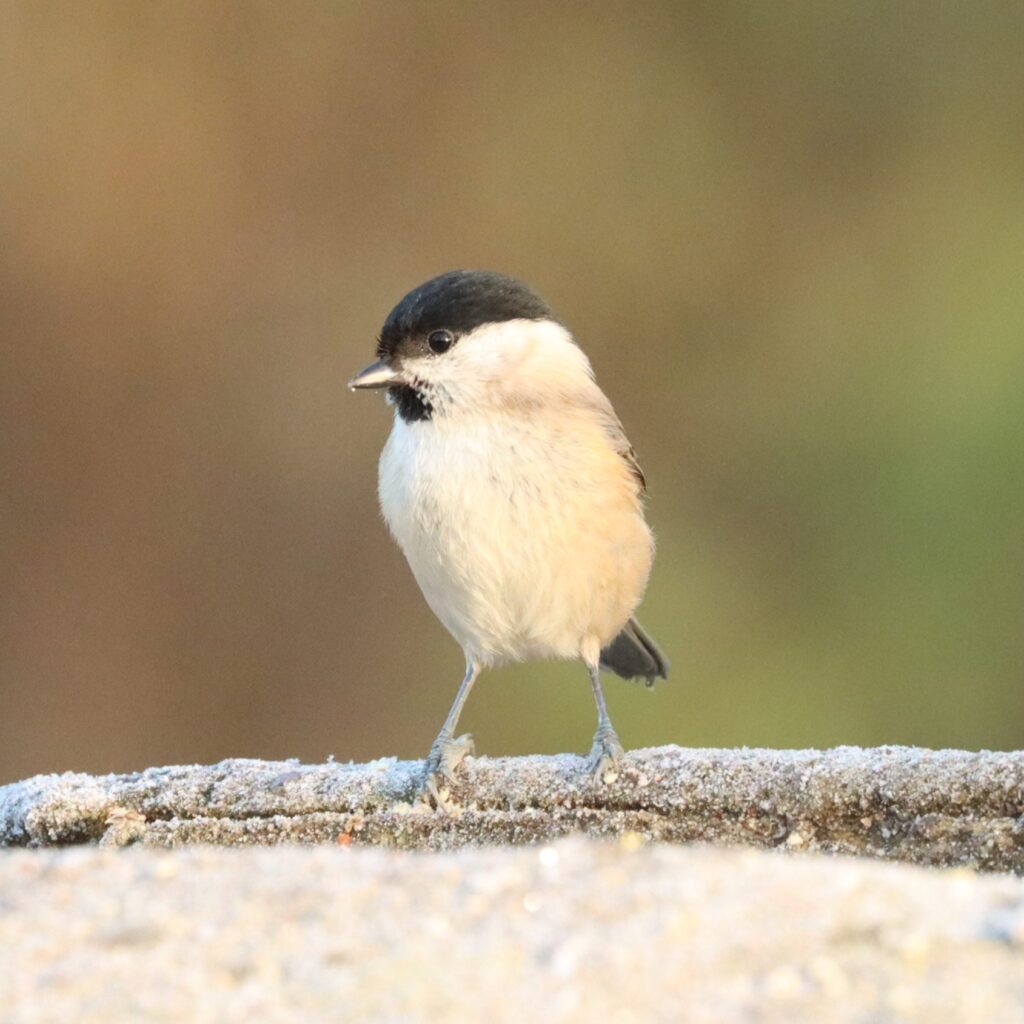
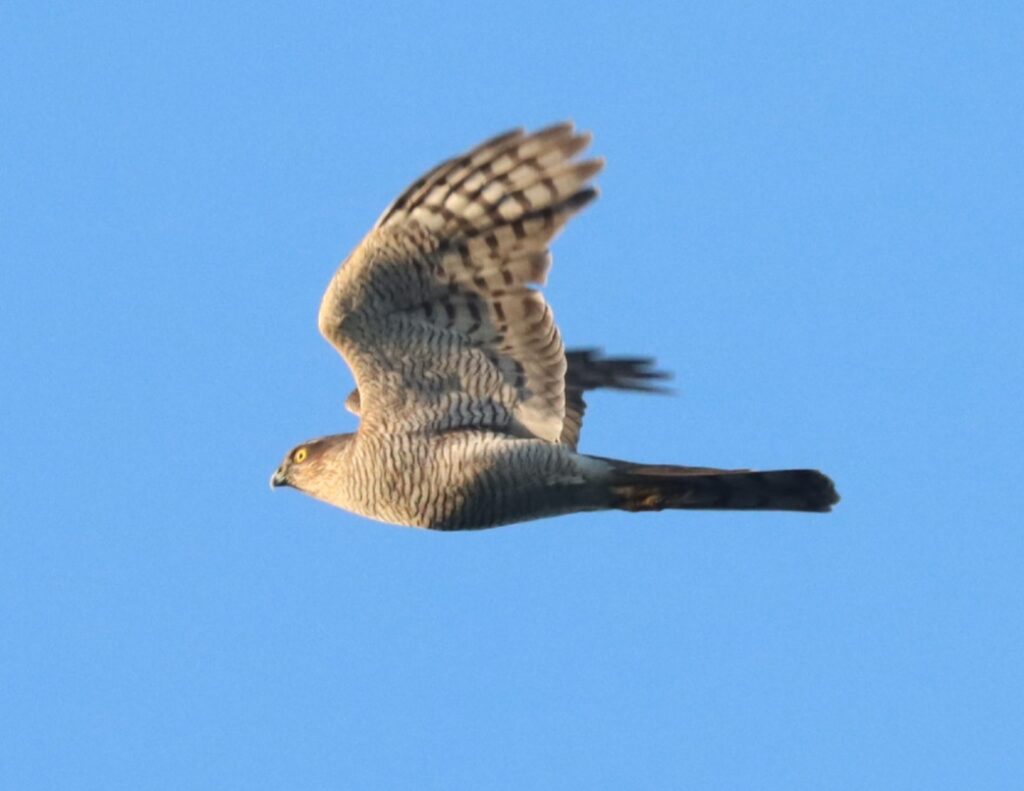

Despite it still being cold with an overnight frost, we arrived at Hickling Broad visitor centre in bright sunshine and blue skies. On arrival we were met by very friendly and helpful staff who informed us most of the paths were flooded and inaccessible. There had been a lot of rain in the county recently and most areas we visited had issues with flooding. The main point of our visit was for the evening harrier roost, so we had a few hours to explore before the main spectacle. At the first hide we could hear the ‘pinging’ of Bearded Reedlings and they gave tantalizingly brief views across the tops of the reeds. However, as we viewed the main Hickling Broad, adding Great Crested Grebe to the list, a stunning male Beardy with three females landed right in front of a few of our group and began feeding in the reeds! Thankfully they stayed long enough for all of us to get amazing views!

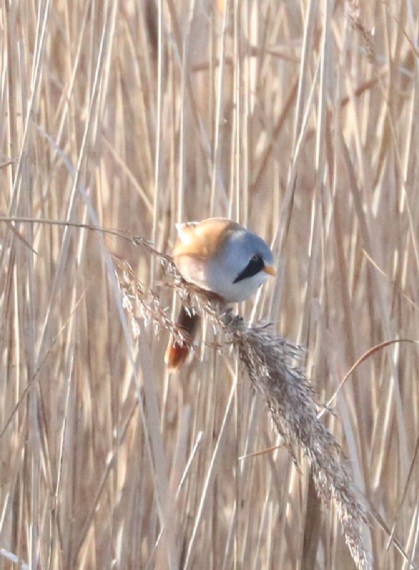
It was then back to the minibus for lunch. Whilst tucking into the fantastic packed lunch supplied by our hotel, that Deena, near[y choking on her sandwich, shouted “Waxwing!” We all looked up and there, right above the van about 25 feet away was a single, stunning adult male Waxwing. It sat, calling and eating berries in the sunshine for the next 20 minutes allowing for luxury photo opportunities and close views. A great highlight!

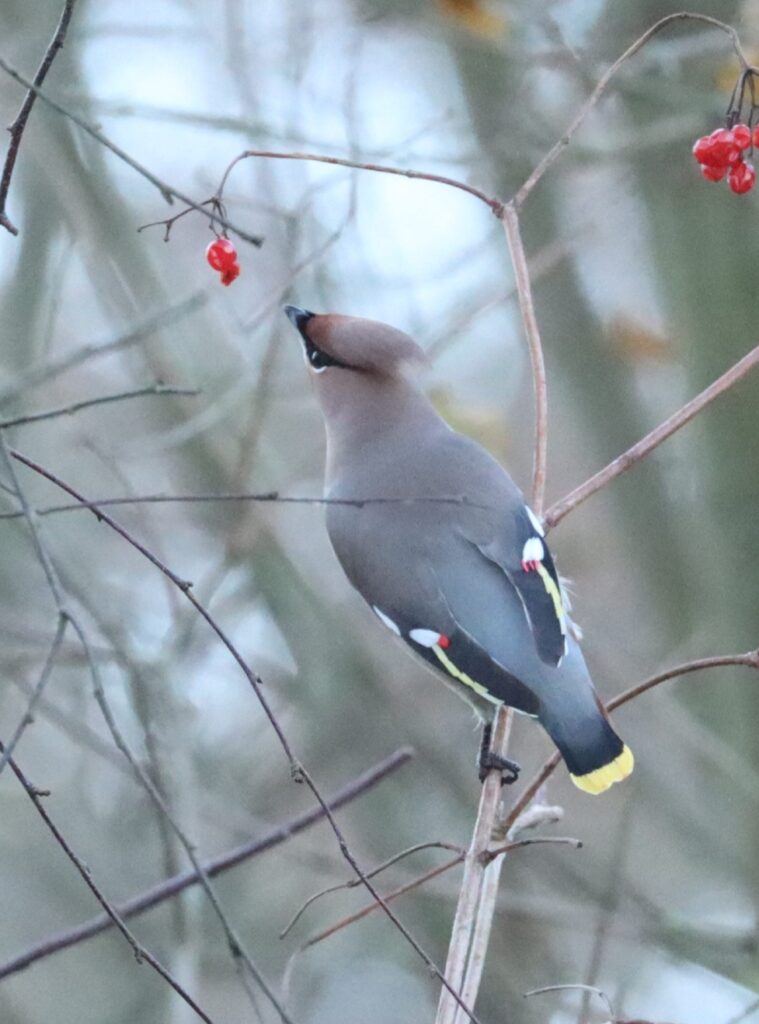

Boosted by our lunchtime encounter we headed to Stubbs Mill roost. As we approached the watch point we could hear Common Cranes calling and our Guide Brad picked up two birds in a nearby field. As dusk arrived, another 10 birds flew over, another target species ticked off. Still no Owls, but over 30 Marsh Harriers and 16 White-fronted Geese came into roost and our one and only Bittern of the trip. The Zeiss 3/35 Thermal scope was invaluable, picking up three Woodcock on the way back to the visitor centre. Another brilliant day, loads of birds and mammals and we broke the 100 species barrier!
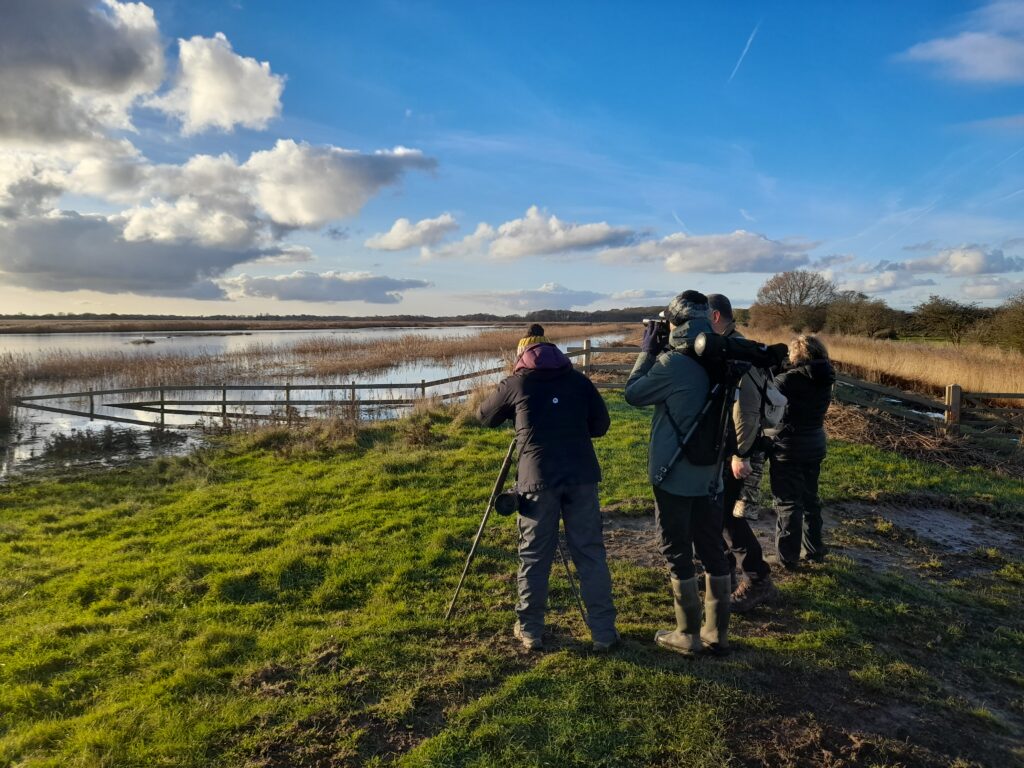

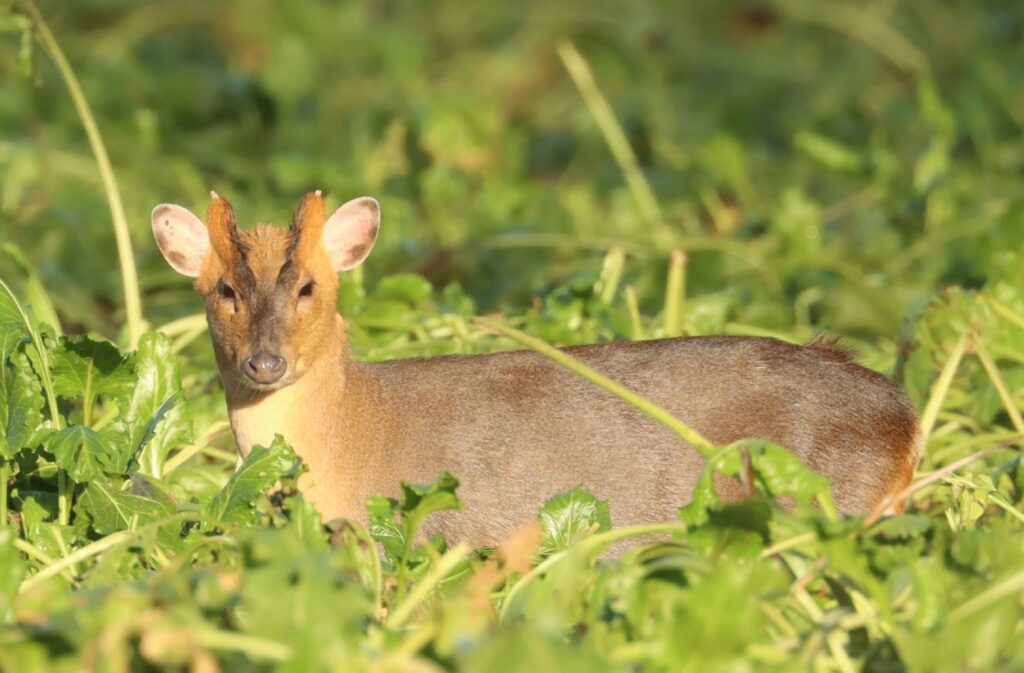
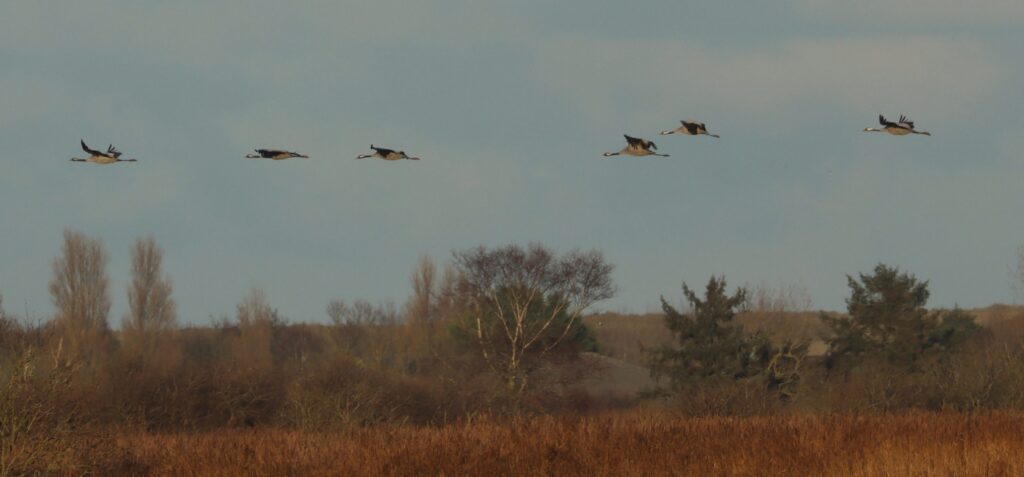
DAY 4 – Day 2 repeated!
With a dry day forecast we tried our luck again with the birds we missed on day 2. Again, the Twites were a no show at Thornham but we fared better at Titchwell. En route we found a great field full of finches and buntings including at least 30 Yellowhammers. The sea off Titchwell was calmer allowing us to scour the huge flocks of Common Scoter for Velvet Scoter (we saw about 15), Long-tailed Duck and a stunning male Goldeneye. The late afternoon saw us back at Warham Greens. After a short time we picked up a distant harrier, which was undoubtedly the Pallid Harrier, but it disappeared before we could confirm. A few Marsh Harriers drifted past before we picked up a ring-tailed Hen Harrier, being followed by a smaller slight looking harrier with orangey underparts. The Pallid Harrier was back and showed well through the scopes. A nice lifer for most of the group and just rewards for a hard day four.
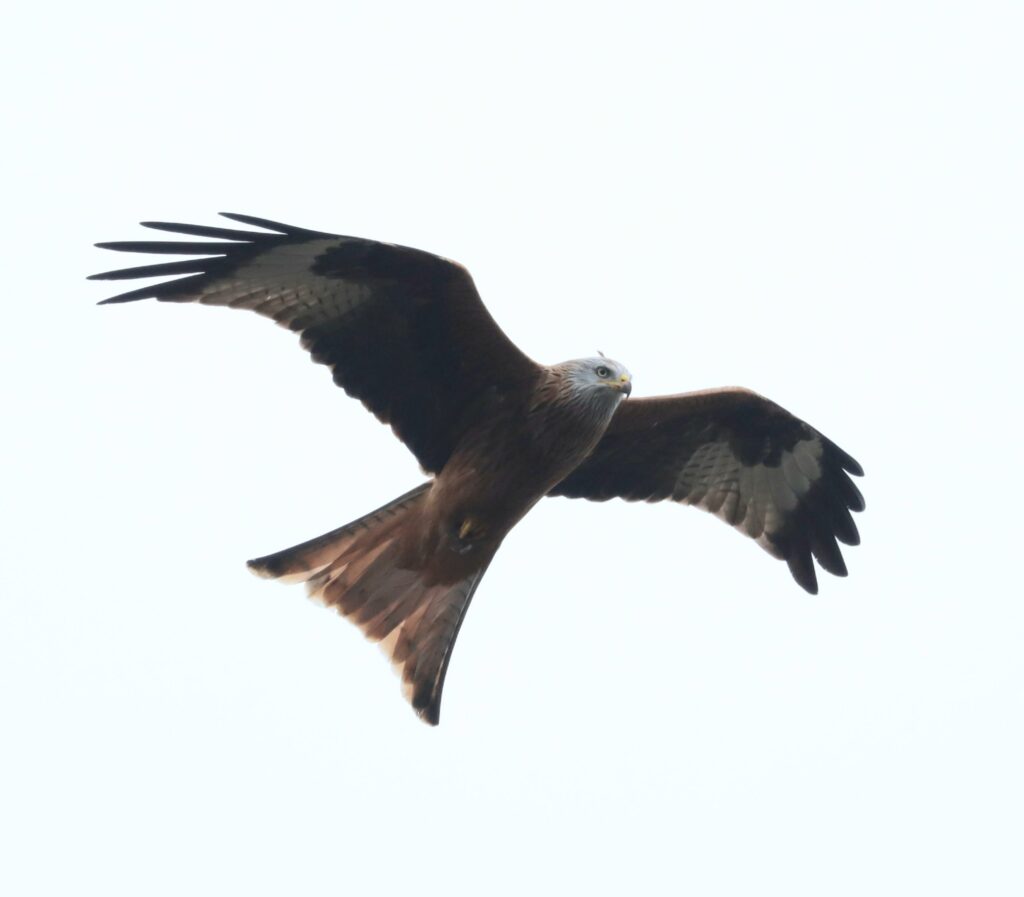


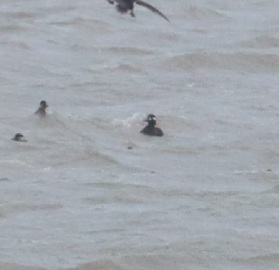
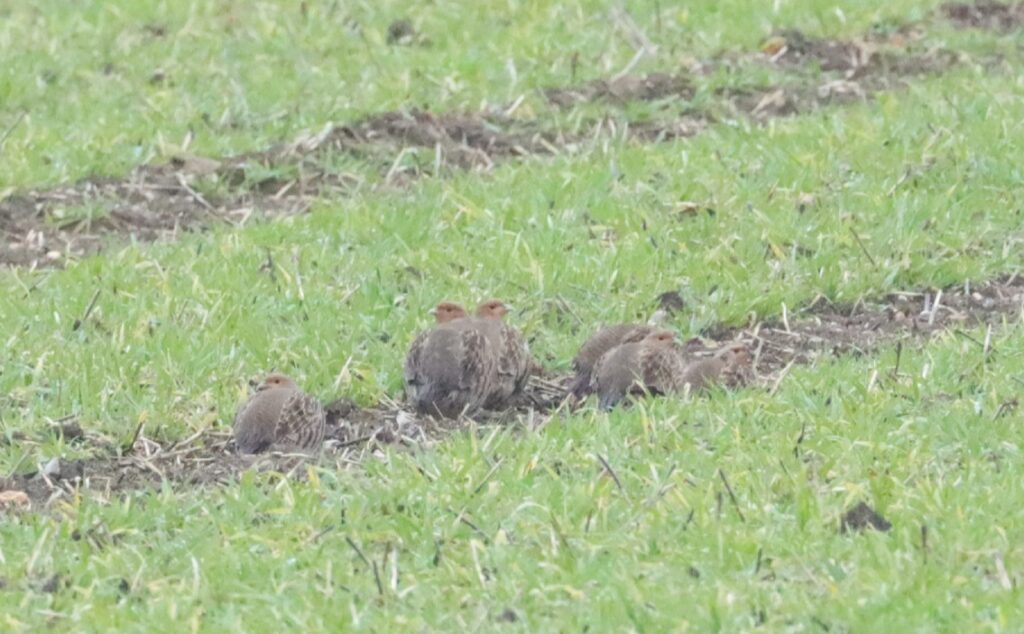
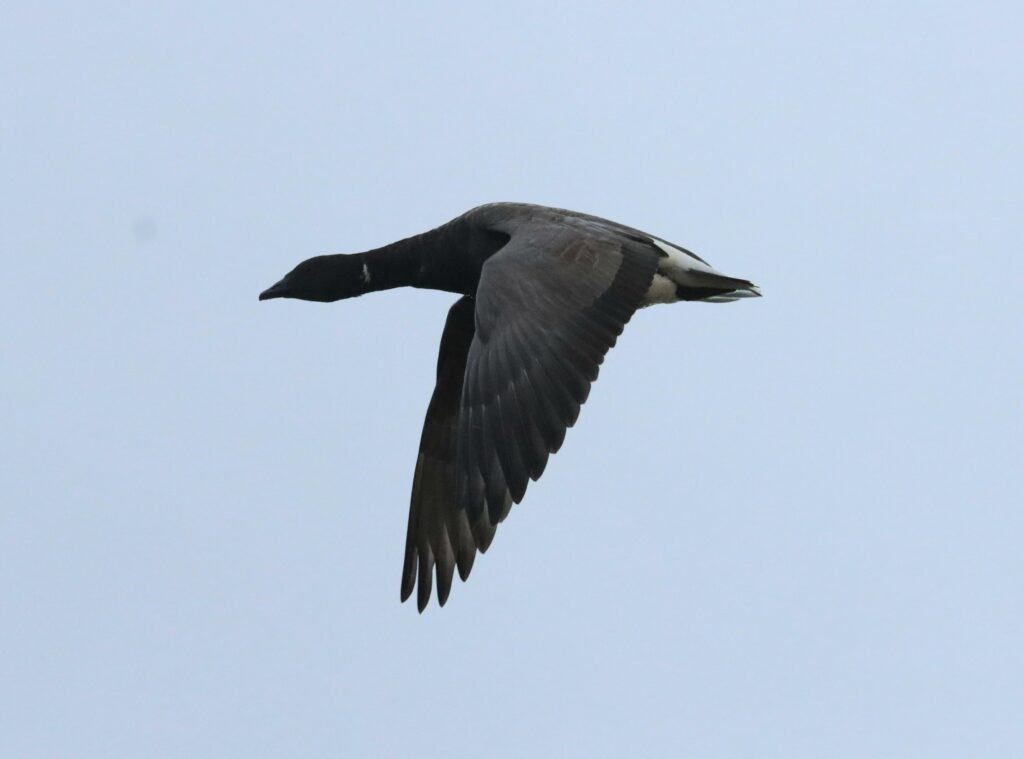
Day 5 – WWT Welney
With our digs located near Thetford we were only half an hours drive from the WWT Welney reserve, so after a lay in and a later breakfast we arrived there at 10am. As we walked towards the visitor centre we were treated to a small flock of Tree Sparrows, House Sparrows and Reed Buntings on the feeders. Tree Sparrow is a very rare bird in Cornwall with less than ten records in the past 20 years, so to see then here in good numbers was very welcome.

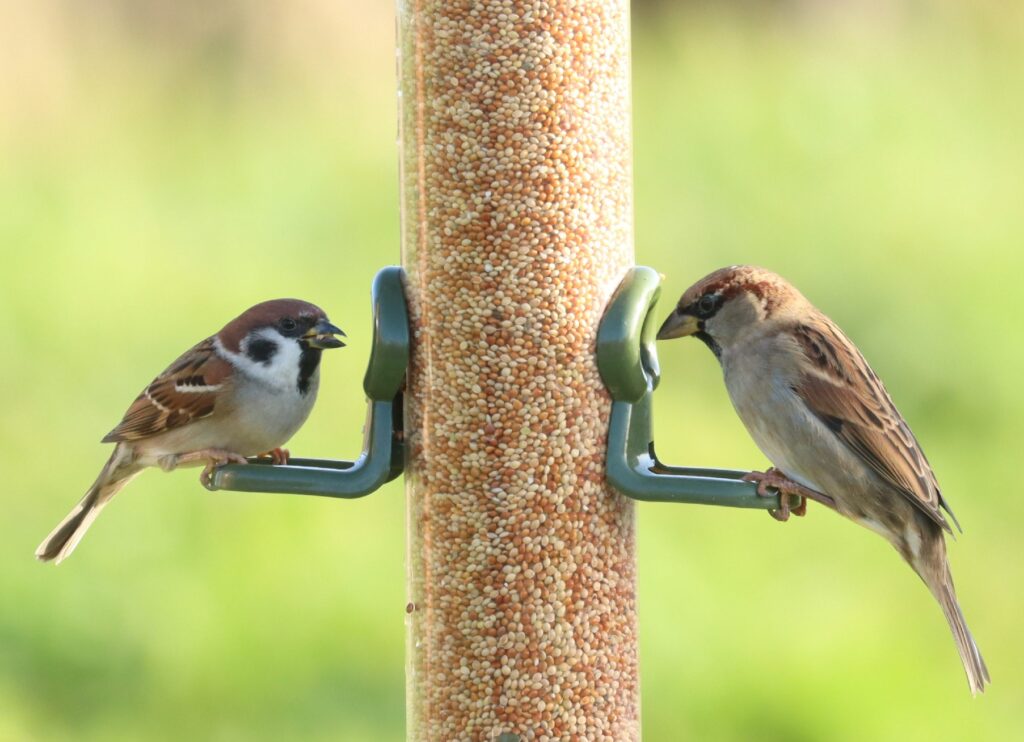
Most of the reserve was flooded so birding was restricted to the main heated hide and a short walk around the visitor centre. We still managed some great birds including 300+ Whooper Swans, hundreds of Pochard, Pintail, Tufted Duck and Mallard, a drake Greater Scaup, stunning flocks of Golden Plover, Lapwing and Black-tailed Godwit and Cattle and Great White Egrets. We had heard Green Woodpecker at Lynford so it was nice to see one in flight here. A great place to spend our final day in Norfolk and five new species bring the trip total to 120 species!

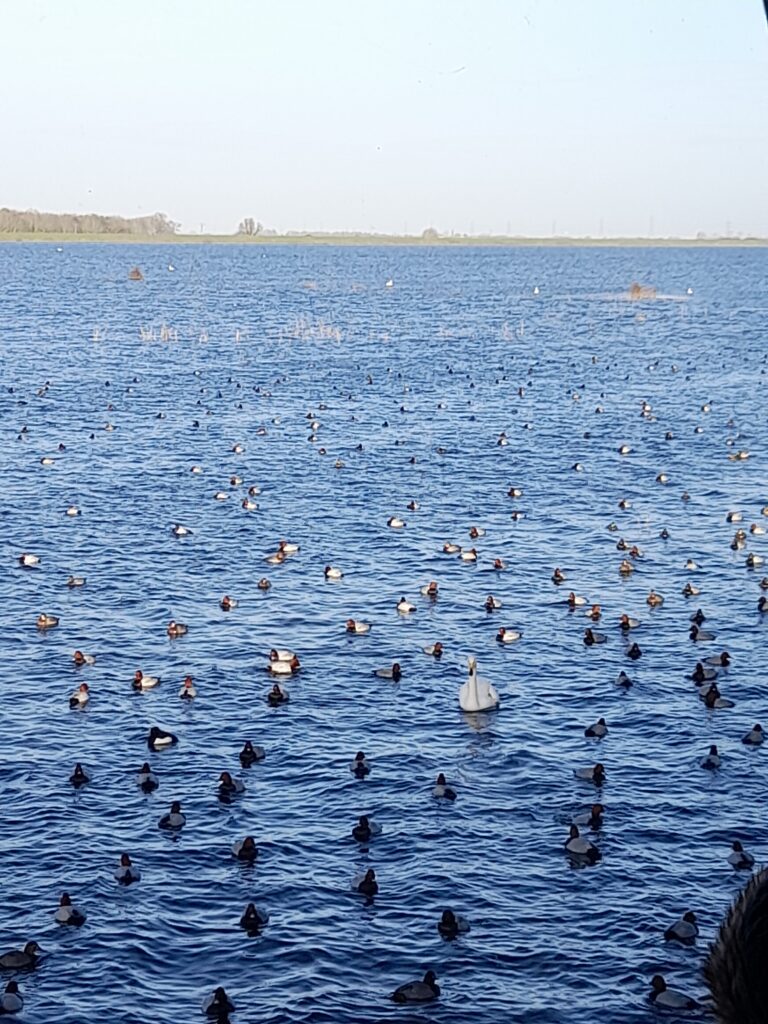

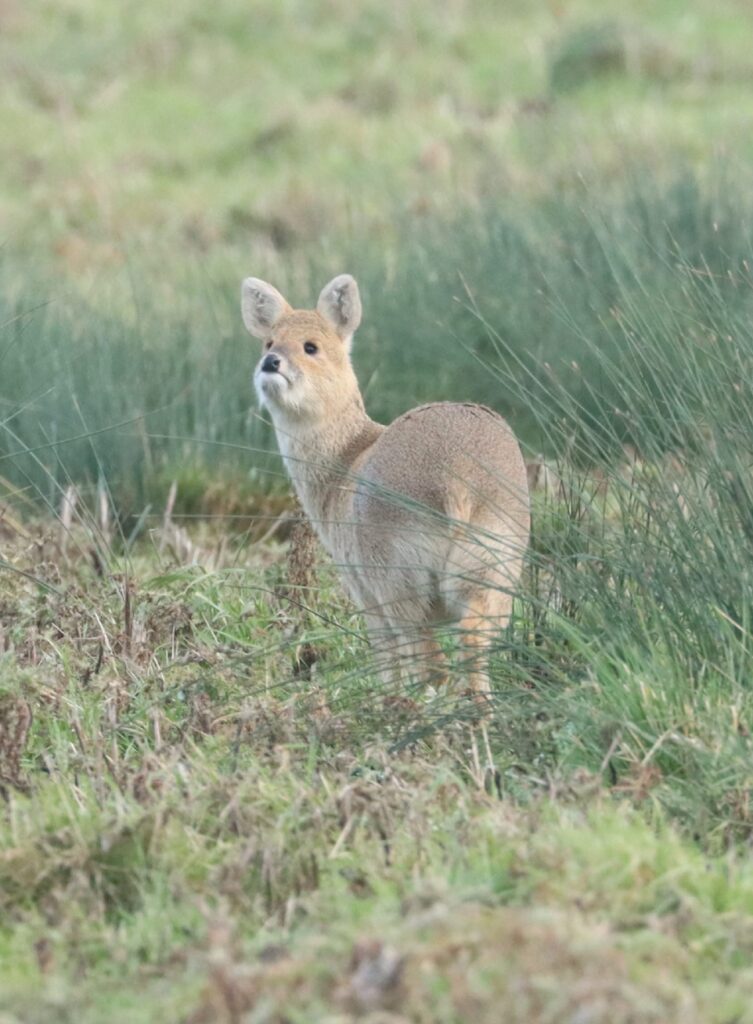
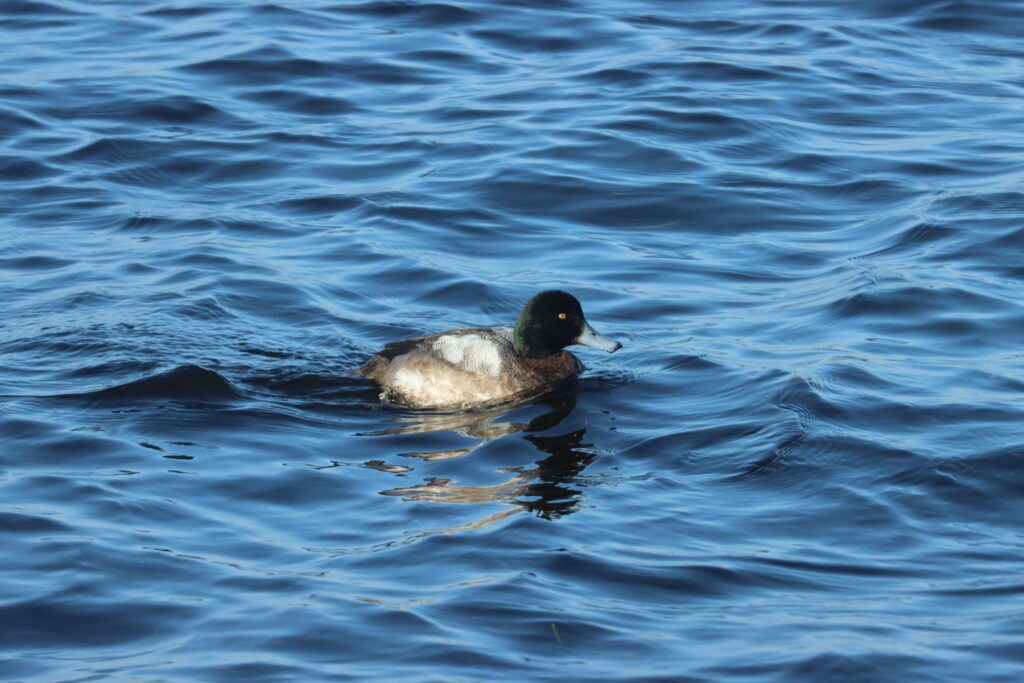
Many thanks to our hosts The Crown Hotel at Mudford for superb food, accomodation and friendly helpful staff and also to Sarah-Jane, Deena, Jasmina, Simon and Brad for a fantastic tour!
We will be running our next Norfolk trip in either December 2024 or January 2025 – Places limited to 5 on a first come first serve basis. To enquire contact Paul at [email protected]
SPECIES LIST
Mute Swan, Whooper Swan, Great Crested Grebe, Little Grebe, Cormorant, Shag, Shelduck, Egyptian Goose, Pink-footed Goose, Russian White-fronted Goose, Brent Goose, Canada Goose, Greylag Goose, Mallard, Tufted Duck, Pintail, Shoveler, Teal, Wigeon, Gadwall, Pochard, Greater Scaup, Goldeneye, Common Scoter, Velvet Scoter, Long-tailed Duck, Red-breasted Merganser, Coot, Moorhen, Water Rail, PALLID HARRIER, Marsh Harrier, Hen Harrier, Peregrine, Sparrowhawk, Kestrel, Common Buzzard, Red Kite, Red-legged Partridge, Grey Partridge, Pheasant, Golden Plover, Grey Plover, Lapwing, Snipe, Woodcock, Turnstone, Dunlin, Sanderling, Ringed Plover, Knot, Black-tailed Godwit, Bar-tailed Godwit, Oystercatcher, Curlew, Greenshank, Common Redshank, Spotted Redshank, Kittiwake, Black-headed Gull, Herring Gull, Common Gull, Lesser Black-backed Gull, Great Black-backed Gull, Woodpigeon, Stock Dove, Collared Dove, Bittern, Grey Heron, Little Egret, Cattle Egret, Great White Egret, COMMON CRANE, Kingfisher, Jay, Magpie, Jackdaw, Raven, Carrion Crow, Rook, Blackbird, Mistle Thrush, Fieldfare, Redwing, Song Thrush, Pied Wagtail, Grey Wagtail, Meadow Pipit, Rock Pipit, Stonechat, Wren, Robin, Dunnock, Starling, SHORELARK, Skylark, BEARDED REEDLING, Blue Tit, Marsh Tit, Coat Tit, Great Tit, Long-tailed Tit, Goldcrest, WAXWING, Nuthatch, Great Spotted Woodpecker, Green Woodpecker, Cetti’s Warbler, Treecreeper, House Sparrow, Tree Sparrow, Chaffinch, Goldfinch, Linnet, Siskin, Bullfinch, Greenfinch, HAWFINCH, Yellowhammer, SNOW BUNTING, Reed Bunting
PLUS MAMMALS
Muntjac, Chinese Water Deer, Roe Deer, Grey Squirrel, Brown Hare, Brown Rat, Rabbit, Grey Seal
